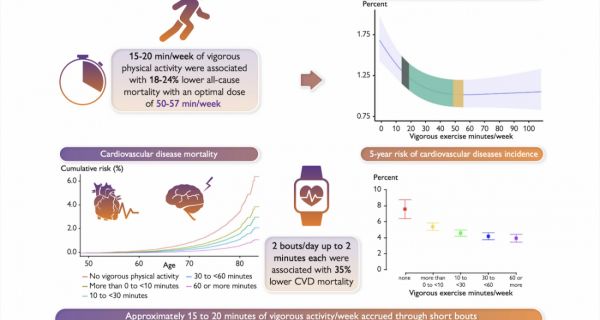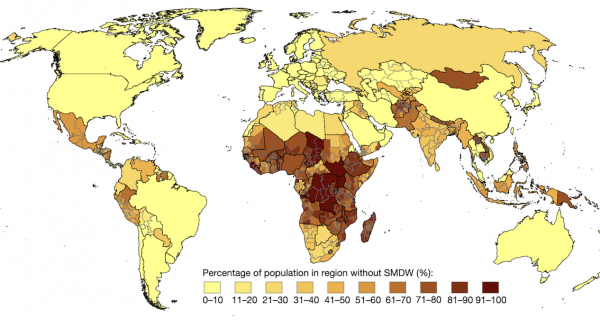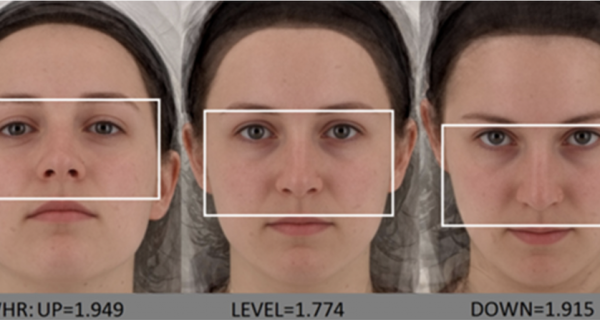The Relationship Between Screen Time and Suicidal Behaviors in Youth: What the Research Says
Although research findings have been mixed, excessive screen time has been associated with suicidal behaviors, which is one of the leading causes of death among adolescents.

A recent study published in the Journal of Preventive Medicine found a positive correlation between screen time and suicidal behaviors in 9-11-year-old children in the United States. The study utilized a large, national prospective cohort design with a two-year follow-up, focusing on early adolescence and identifying specific contemporary screen time modalities associated with suicidal behaviors.
The study’s findings are consistent with prior research on the relationship between screen time and suicidal behaviors in adolescents, adding to the existing literature by examining a younger age group and using a larger sample size.
While the study did not examine the mechanisms through which screen time influences suicidal behaviors, the interpersonal theory of suicide suggests that experiences involving screen time may exacerbate feelings of thwarted belongingness and perceived burdensomeness. Cyberbullying, exposure to hate speech and graphic content, and sedentary behavior are all possible pathways through which screen time could influence suicidal behaviors.
However, it is worth noting that existing research has produced mixed findings on the relationship between screen time and mental health. For example, one longitudinal study found that frequent video game use was associated with fewer depressive symptoms among adolescent boys, particularly those with low physical activity. This suggests that different screen time modalities may have varying effects on mental health.
Notably, the study found that texting and video chat were associated with higher odds of suicidal behaviors, despite serving to increase social connectedness. It is possible that the high use of these modalities reflects problematic addictive behaviors or that they allow youth to feel more comfortable expressing their behaviors. However, social media usage was not associated with suicidal behaviors in the study, likely due to the low usage and age restrictions on social media platforms.
As the authors of the study conclude, further research is needed to better understand the relationship between screen time and mental health in youth, particularly as social media usage is expected to increase through adolescence. Nevertheless, these findings highlight the importance of assessing screen time as a potential risk factor for suicidal behaviors in youth, particularly as the prevalence of both screen usage and suicidal behaviors continues to increase, particularly during the COVID-19 pandemic.






































































